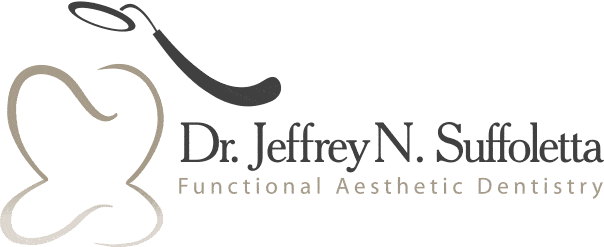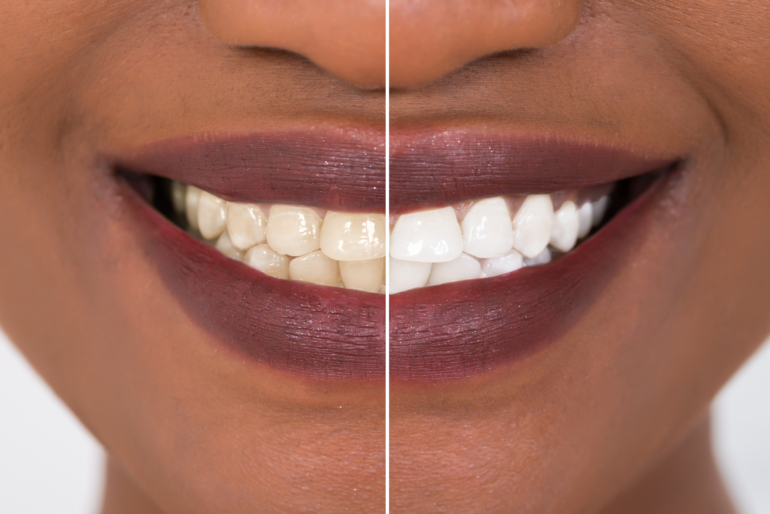Unraveling the Secrets of Teeth Whitening
And Its Influence on Tooth Enamel
A captivating smile is often synonymous with confidence and well-being. In the pursuit of these aesthetic secrets of teeth whitening, it has become a widely embraced cosmetic dental procedure. However, beyond the desire for a dazzling smile lies a complex process involving the tooth enamel, the protective outer layer of our teeth.
Understanding Tooth Enamel: The Guardian of Your Teeth
Teeth whitening primarily targets the outermost layer of teeth, known as enamel. Composed mainly of hydroxyapatite, a crystalline structure rich in calcium and phosphate ions, the enamel is a tough and translucent substance. Despite its resilience, the enamel is porous and susceptible to staining over time due to exposure to pigmented substances.
This protective shield plays a crucial role in safeguarding teeth from daily wear and tear, temperature fluctuations, and acidic attacks from foods and beverages.
Causes of Tooth Discoloration: Unraveling the Stains
Tooth discoloration can arise from both extrinsic and intrinsic factors. Extrinsic stains occur on the surface of the enamel and are often caused by the consumption of dark-colored foods, beverages like coffee and red wine, and habits like smoking. Intrinsic stains, on the other hand, result from changes within the tooth’s structure due to developmental conditions, medications, or excessive fluoride intake during tooth development.
The Mechanism of Teeth Whitening: A Two-Fold Approach
Teeth whitening procedures aim to reduce discoloration and restore the natural brightness of teeth. They primarily operate through two methods:
- Bleaching
- Non-bleaching
Let’s delve more into the secrets of teeth whitening below.

Bleaching: Breaking Down Pigments
Bleaching involves the use of peroxide-based agents, such as hydrogen peroxide or carbamide peroxide. These agents break down into oxygen molecules. Thus, penetrating the enamel and dentin layers. The oxygen molecules react with the colored molecules. Thereby, breaking them down into smaller, less pigmented molecules, resulting in a lighter tooth shade.
Non-Bleaching: Removing Surface Stains
Non-bleaching methods involve the removal of surface stains without altering the natural color of teeth. This is typically achieved through abrasive agents found in toothpaste or during professional dental cleanings.
The Impact on Tooth Enamel: Separating Fact from Fiction
A common concern associated with teeth whitening is its potential impact on tooth enamel. Critics argue that bleaching agents might weaken the enamel, making it more susceptible to damage. However, research suggests a more nuanced understanding of this relationship. Here’s what the ADA has to say!
Enamel Porosity and Mineral Content
Tooth enamel is naturally porous, allowing molecules to pass through. During teeth whitening, peroxide molecules need to penetrate the enamel to break down pigmented molecules. However, studies show that the extent of enamel porosity varies among individuals and does not necessarily lead to enamel damage. Reputable whitening products are formulated with a balance between potency and safety.
Temporary Sensitivity
A common side effect of teeth whitening is temporary tooth sensitivity. This occurs as the process temporarily opens up the pores in the enamel, allowing peroxide molecules to enter. However, this sensitivity is transient and can be managed with desensitizing toothpaste or gels before and after treatment.
Preserving Enamel Health: A Holistic Approach
While teeth whitening itself can be safe and effective, maintaining good oral hygiene is crucial to preserving enamel health throughout and after the process. Regular brushing, flossing, and routine dental check-ups are essential to prevent enamel erosion and maintain a healthy oral environment.
Professional vs. At-Home Whitening: Choosing Wisely
Professional teeth whitening treatments supervised by a dentist offer controlled and effective results. Customized treatments minimize potential risks to enamel. At-home whitening kits can be effective when used as directed, but caution is advised to prevent potential enamel damage through overuse.
Recapping Essential Points: A Brighter Smile with Enamel Integrity
When conducted responsibly, teeth whitening contributes to a brighter and more confident smile. Furthermore, understanding the science dispels concerns about its impact on tooth enamel. The secrets of teeth whitening are not hidden, your dental professional will guide you along the way.
While advances in dental research ensure the development of products that effectively remove stains while maintaining enamel integrity. One should caution that teeth whitening should be part of an overall oral hygiene routine.
Regular professional check-ups and proper dental care are essential for a dazzling smile and the long-term health of tooth enamel. Teeth whitening is not just a cosmetic enhancement; it’s a process that, when approached with knowledge and care, can contribute to both aesthetic appeal and oral health longevity.




